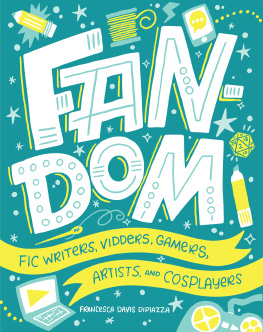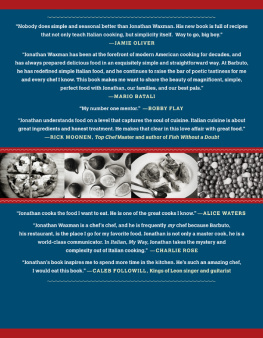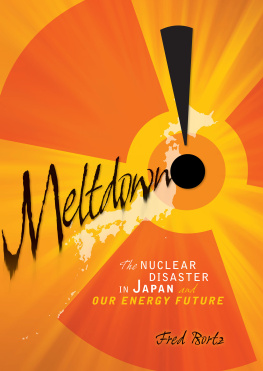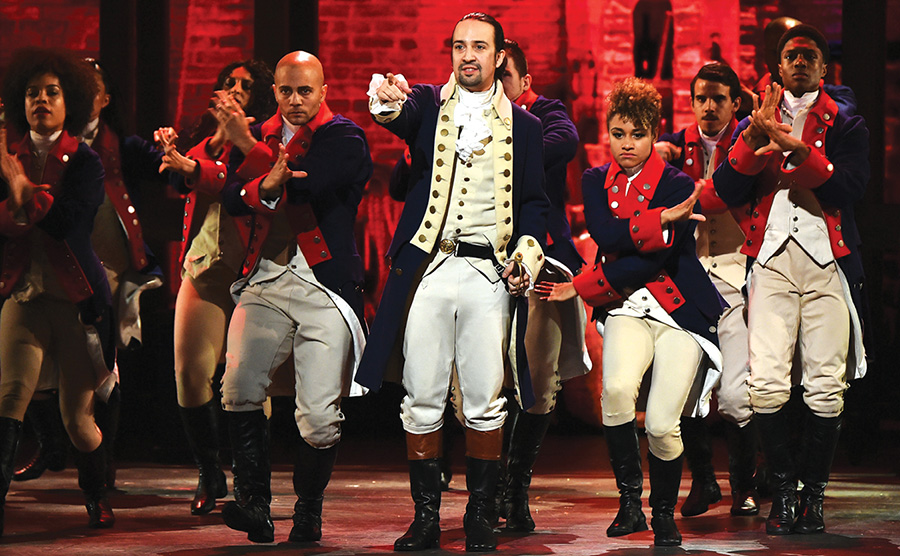To Lucinda and Marzfor walking to the end of the world with me
Thanks to my editor, Kellie M. Hultgren, for her clarity, precision, and craft
Grateful acknowledgment to Jennifer McGee, PhD, professor of communication at Aichi Shukutoku University, Japan, for sharing her wealth of information on fandom history and practices
Text copyright 2018 by Francesca Davis DiPiazza
All rights reserved. International copyright secured. No part of this book may be reproduced, stored in a retrieval system, or transmitted in any form or by any meanselectronic, mechanical, photocopying, recording, or otherwisewithout the prior written permission of Lerner Publishing Group, Inc., except for the inclusion of brief quotations in an acknowledged review .
Twenty-First Century Books
A division of Lerner Publishing Group, Inc.
241 First Avenue North
Minneapolis, MN 55401 USA
For reading levels and more information, look up this title at www.lernerbooks.com .
Main body text set in Adobe Garamond Pro 11/15.
Typeface provided by Adobe Systems.
Library of Congress Cataloging-in-Publication Data
Names: DiPiazza, Francesca, 1961 author.
Title: Fando m : fic writers, vidders, gamers, artists, and cosplayers / by Francesca Davis DiPiazza.
Description: Minneapoli s : Twenty-First Century Books, 2017 . | Includes bibliographical references and index.
Identifiers: LCCN 2017010738 (print ) | LCCN 2017027499 (ebook ) | ISBN 781512498875 (eb pdf ) | ISBN 781512450491 (l b : alk. paper)
Subjects: LCSH: Subculture . | Fans (Persons ) | Mass mediaSocial aspects . | Mass media and culture.
Classification: LCC HM646 (ebook ) | LCC HM646 .D57 2017 (print ) |
DDC 302.23dc23
LC record available at https://lccn.loc.gov/2017010738
Manufactured in the United States of America
1-42867-26513-8/7/2017
9781541521933 ePub
9781541521940 mobi
9781541521957 ePub
Contents
Introduction
RepresentHamilton: An American Musical
Chapter 1
The Extraordinary World of Fan Writers
Chapter 2
Moving Images: Fan Filmmakers and Vidders
Chapter 3
The Plays the Thing: Cosplay
Chapter 4
Picture That! Visual Arts and Comics
CHapter 5
Go Make a Game! Games and Gamers
Introduction
Represent
Hamilton: An American Musical
H amilton: An American Musical opened onstage in New York City in 2015. A musical about Alexander Hamilton, the US founder who helped create the countrys banking system, seems an unlikely hit. But its creatorwriter, composer, and performer Lin-Manuel Mirandacomposed it in hip-hop rhythms and rhyme. It made history by quickly reaching beyond the usual Broadway theater crowd to attract an international fan base.
Then Hamilton fans did what engaged fans of any media do. They wanted more of what they loved, so they made more of it themselves and shared it with other people who are passionate about Hamilton . Their creations include new and altered stories about the musicals characters, as well as animations, song lyrics, artworks, costumes, and even illustrations for a video game. Love of Hamilton and the burst of creative output it inspired illustrate how a modern media sensation becomes part of the wide world of fandom.
Lin-Manuel Miranda ( center ) performs with the cast of Hamilton at the 2016 Tony Awards. The show won eleven awards that night, including best musical.
What Is Fandom?
Fandom is a community of people who share a passion. Originally used to describe the state of being an avid follower of something, the word fandom now also describes the collective followers of a particular media source, or fan domain. Each of these fandoms has its own culture, with rules and expectations. This book uses the word in both senses, focusing on people with a passion for media-based storytelling. Media fans dive deep into books, movies, television shows, video games, and comics, among many other sources, and transform them into new content. In a syllabus for a college course, media scholar and fan Henry Jenkins defined fandom as the social structures and cultural practices created by the most passionately engaged consumers of mass media properties. Video blogger Dan Howell, in his humorous video FANDOMS, shared a more personal description with his six million YouTube subscribers: fandom is one of the most amazing... forces on this earth, he said. You can like something so much that it actually destroys your life. Howell illustrated his point by filming himself slumping to the floor, wondering what to do with his life after finishing the last Harry Potter book.
One of the hallmarks of fandom is that its easy to join in. Anyone can make fan stories, videos, costumes, visual art, and other creationsknown as fanworks. As more and more people have access to the Internet, smartphones that record sound and video, and computer editing tools, its easier than ever to share and access fanwork online. Fandom has grown into a kind of creative, participatory democracyor, as fans say, a huge sandbox where everyone can play. As with any community, there are problems: sometimes everyone can play is an ideal rather than a reality, and hostilities break out. But the fandom ideal is to empower people to build on their passion and find others who share it.
Hamilton itself can be seen as a fanwork. As fan journalist Aja Romano put it, Its literally a creative text written by a fan that reinterprets or expands upon a previously existing source material. Lin-Manuel Miranda drew on different sources to create an entirely original work. His inspirations included Ron Chernows biography Alexander Hamilton and Hamiltons many writings, as well as the experiences of Mirandas Puerto Rican father in New York City politics. Hamiltons rivalry with Aaron Burr reminded Miranda of the old-school, sometimes deadly rivalries between rappers such as Biggie Smalls and Tupac Shakur in the mid-1990s.
Types of Fanworks
Fan-written stories based on existing media, called fanfiction, or fic, can be read in the millions on sites such as the fan-run Archive of Our Own (AO3) . In fact, the musical Hamilton is similar to a genre of fanfiction called real-person fic. Miranda mostly stuck to historical facts, but fanfic writers are under no such limitations. They take the story further, or deeper, or into an alternate universe. Thomas Jefferson in a pink space suit on Mars? Hamilton and Jefferson in a romantic relationship? Debates about which Hogwarts house each character would join if they attended school with Harry Potter? (No one suggests hotheaded Hamilton is a Hufflepuff.) Variations of all these scenarios exist.
Like Hamilton itself, fanworks based on the musical are an every-which-way mashup of media, history, and genres, an intersection of genders, races, and imagination. A teenage fan who goes by the username GinnyWeasley calls herself a huge musical nerd. She said, My fandom that most takes on social injustice is Hamilton , and they have an entirely PoC [people of color] cast, and it makes you think about how most of our country was built on nonwhites. I think that it really makes you think about history and how we never talk about the PoC who were even more important than the famous white men.
Another type of fanwork is fan-made videos, or fanvids. These are film clips set to music, or fan-produced versions of favorite media, often hosted on YouTube and other video-sharing platforms. For several years, Hamilton was available only as live theaterthere was no film footage to make into fanvids. That didnt stop intrepid video makers, or vidders. They made their own animated vids or set the songs to clips from other sources. In the vid If Lin-Manuel Miranda Wrote High School Musical , YouTube user huffley6 created a visual pun by pairing footage of high school basketball players with Mirandas song My Shot, about leaving a mark on history. Some vidders make animated storyboards, edited and set to music. Filmmakers call these storyboards animatics. YouTube user kimi kohi created the vid the room where it happens (animatic), using Adobe Flash animation software, one of many free apps and programs available to make simple animations. Within nine months, kimi kohis vid, set to Mirandas song The Room Where It Happens, had more than one million views.













